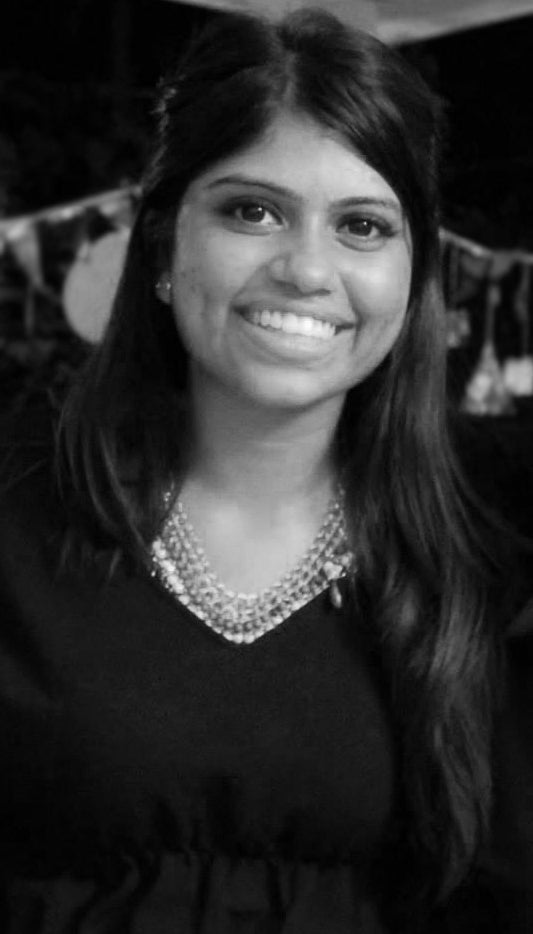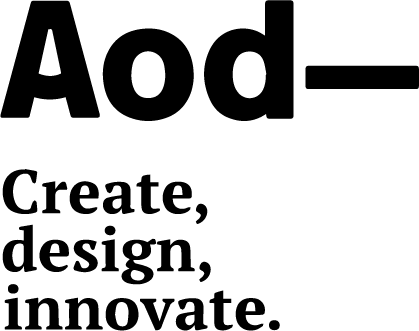
CAREERS OF THE NEW WORLD: CULTIVATING CREATION OUT OF CATASTROPHE
Share
It’s safe to say that, in spiteful irony of the buzzword ‘2020 vision’, the events that transpired this year were some no one saw coming. Through the outbreak of the novel COVID-19, bringing with it increasing tension, fear, and unrest, it really feels like the world is (in some places, quite literally) on fire. This slew of carnage is akin to being hit on the head by a very large mirror out of nowhere. It’s shocking, it makes you reel back, it really hurts. But once you collect yourself and begin to pick up the broken pieces, staring back at you through those shards are an opportunity for reflection. To look back at humankind from a different, more experienced lens, and realise that if the world is so ready to change the way it works, maybe how we work should change too. It’s a confusing time, and certainty these days are as rare as optimism. But when is there ever innovation without struggle?
We may be intrinsically reluctant to change, but a world shaking pandemic came and did it for us. So now we’re up. We’re paying attention. We’re out of the comfort zone of stability. Now that yesterday’s formula is shaken up, it’s time to see how, instead of rebuilding the old world, we can create something completely new. And as a future forward advocate of innovation in Sri Lanka, we feel it our duty to share our thoughts on achieving that. And that’s where our list of creative careers come into play.
FASHION
An industry swathed in glamour, snowflake-like individuality and a perpetual alacrity to change, the world of fashion serves as a perfect standard through which to reflect the blinding pace of our own future. In the words of Karl Lagerfeld. “I don’t reinterpret the past. I’m pretentious enough to say that we invent something for today.” While there are many career paths that emulate this exuberance, the reason fashion and textile design are on this list is because of one very simple thing. Intimacy.
There is an invisible relationship woven between the fabrics that cover us, and the feelings and inspiration we glean because of it. After all, what’s closer to your heart and mind than the literal clothes you wear on your back. Fashion serves as a vector for thought and expression, an extension of your personality, mood, or even simply what you want to tell others about yourself in that moment. A suit might exude a soft aura of power and confidence, while a bright red salsa dress may exude movement, energy, and passion. It’s a symbiotic pairing. When you feel comfortable in what you wear, that confidence translates into your mindset, and as your mindset builds confidence and depth, your outfit reflects it in return.
Fashion also charts a course as a wearable map, a marker of how the world changes, and for how we want the world to change around us. Thus, fashion creates change. A good example of the former is the worldwide assimilation of face masks into our wardrobe, and its subsequent customisations. A good example of the latter would be the spike in upcycle clothing, and growing support for sustainable fashion, in lieu of a growing environmental awareness in the market. Lucy Seigle, in her book ‘to die for’ said that “it has never been more critical for us to consume with care and intelligence”. This means hemp dresses, organic cottons, and organic fibres bring us one step closer to a sustainable future. It’s a testament that as long as there are humans, there will always be new ways to express ourselves and our goals. And in such a large industry, worth £26 billion in the UK alone, there will always be opportunities for futurists to plan out their wearable interpretations of the future.
So for an era of change and new possibilities, its important to embrace a career creating items that reflect your best self, and what you want to achieve, and thus foster a better you.
INTERIOR ARCHITECTURE
The creative economy in sri lanka is a budding one, still opening its first shoots. But one place the country has had an iron foothold in for centuries in, is architecture. The list of legendary world renowned architects and visionaries are long on this island, and their feats, from the heritance hotel all the way back to sigiriya rock, are vast. This puts the realm of interior architecture in a very good place, serving as the bridge between the sturdy foundations of culture and history, and the wide eyed, cutting edge white water rapid that is the future of design. If there’s one thing that remains constant in this field, it’s an inability to overstate its importance. Much like fashion, there is a very close relationship between the space we work in and its psychological effects on us. Subtle shifts in lighting, the shape of spaces, and subtle placements of furniture and objects that work wonders on your neural pathways. It’s a fact that became very relevant during lockdown, when a majority of jobs had to adapt to entertain a work-from-home model.
What does change however, is pretty much everything else. Like all jobs on this list, interior design’s tides undulate in tandem with humanity’s growth. 10 years ago, the profession was very different. Before social media’s rise, during the era of exposed filament bulbs and cold brass, where exclusivity and secrecy deemed it a niche market. Now things are very different, and if this year has taught us anything ,the next 10 years will wheel in equally polarising shifts if not more so. Already, the pandemic has started to make ripples in how we view living spaces. Award winning interior designer Stanley Sun predicts a greater emphasis on mental health considerations in design, in-office residencies, space planning and programming tuned towards social distancing, and most importantly, a closer interconnection between physical and virtual spaces. As the benefits of the digital age continue to showcase themselves over the course of the year, it’s very likely that interior design will follow in its slipstream. Social media will, and has already become an advertising platform, with aesthetic-centric pages on Instagram and pinterest foster a growing roster of design concepts, to growing credibility. As resources and products become more accessible, originality will become king, and software like modsy and haven, will allow for 3D design and rendering to step into the forefront of use, and one day might pave the way for virtual design. All in all, the landscape is changing, and is making way for more design, more scope and less grind. So as the future leads towards creativity and innovation, so does the plane of interior Architecture.
GRAPHICS, MOTION GRAPHIC AND VISUAL COMMUNICATION
A picture is worth a thousand words, but with new hardware, skyrocketing software updates, and an increasing community of professional animators and designers, pictures of the 21st century denote lifestyles. Movements that impact generations and last even longer. Stories have always been an important way to chronicle history, from the odyssey to the Mahabharata. They share tales of the era’s defining moments: victories, mistakes, experiences. Without them, we’d be lost. And that’s the magnitude of the importance visual communicators hold as the storytellers of the future. They strive to inform, educate, and raise awareness for millions of people, on philosophies, ideas, breakthroughs, and ways to keep safe during a pandemic for example. But they also inspire. Surreal images, colours, and boundless expressions of creativity where the limits are your imagination, producing works of art that always keep humanity looking to the stars, and into the future, always remembering that there’s no such thing as impossible. In short, graphic design, and animation ,make sure people are aware of the mistakes of the past, so as not to regress, whilst also opening doorways to the limitless future, whilst making certain the present never stagnates ,because there’s always a new way to draw it. There are unlimited stories to tell. And the world could always use more storytellers. And in a world with so many new things going on, be prepared to change the ways you tell them.
The creative economy is still small. But it’s growing. And in its wake a road is paved to make way for the future. And it starts with careers that change with the world, to change the world.

